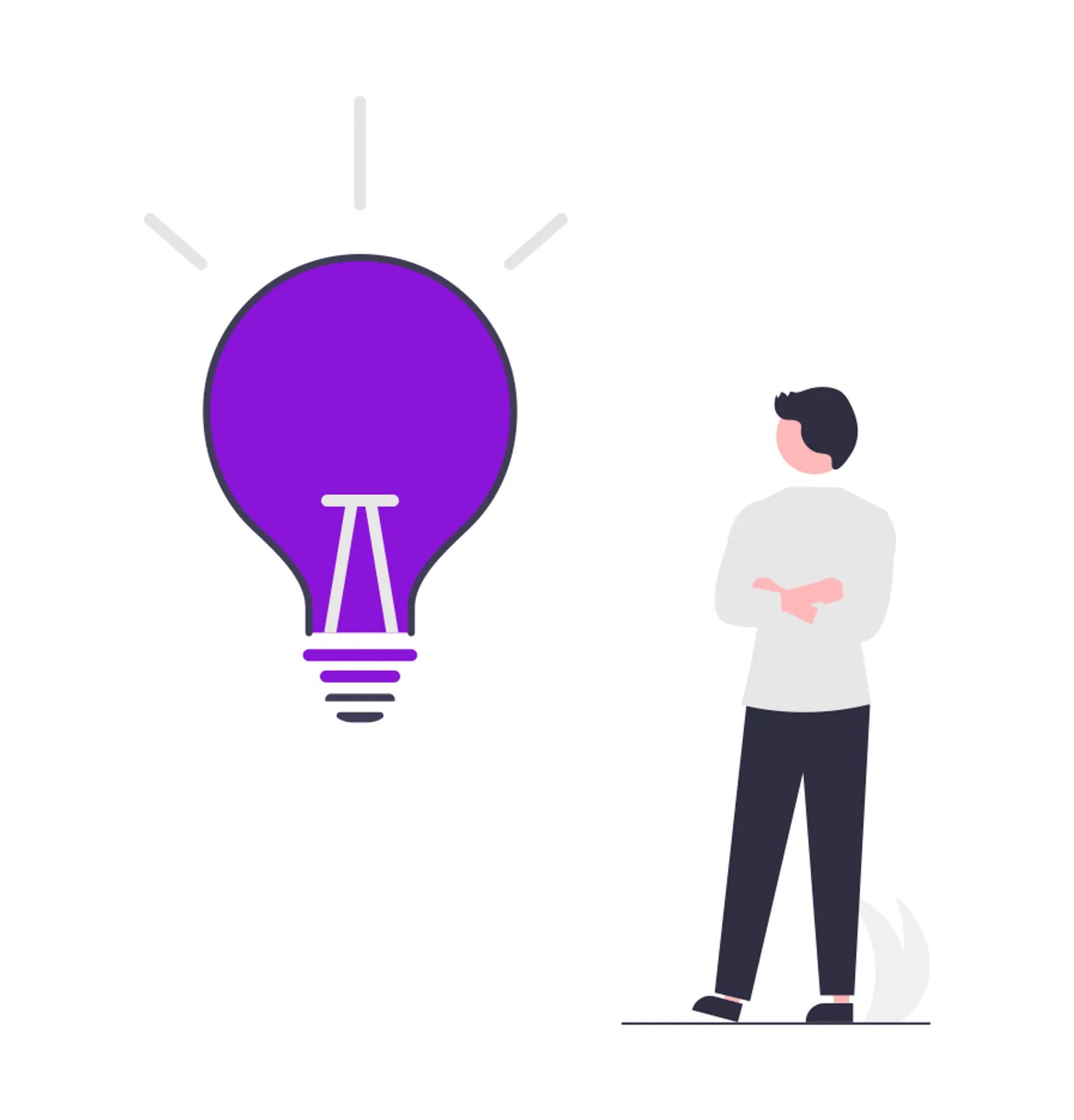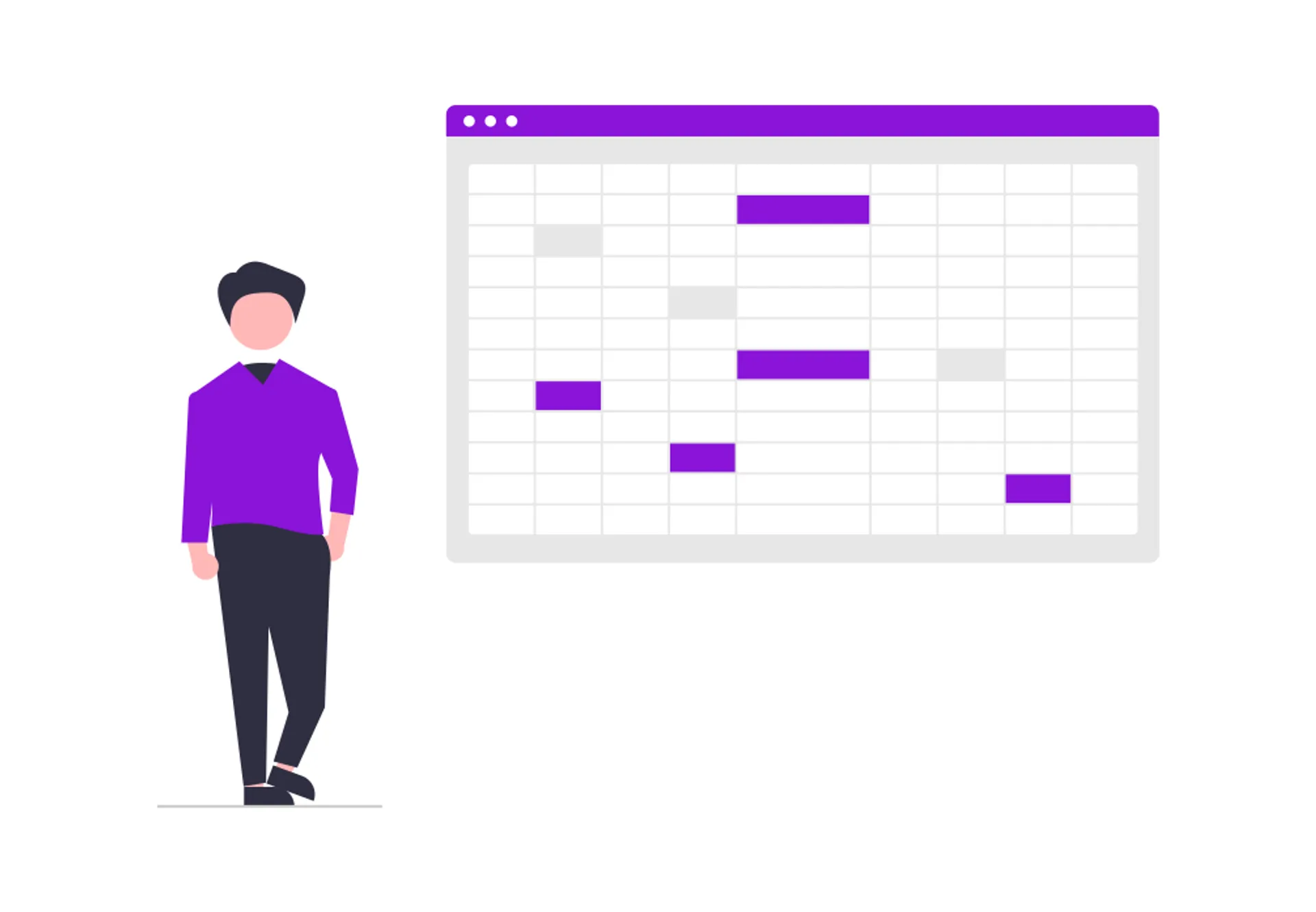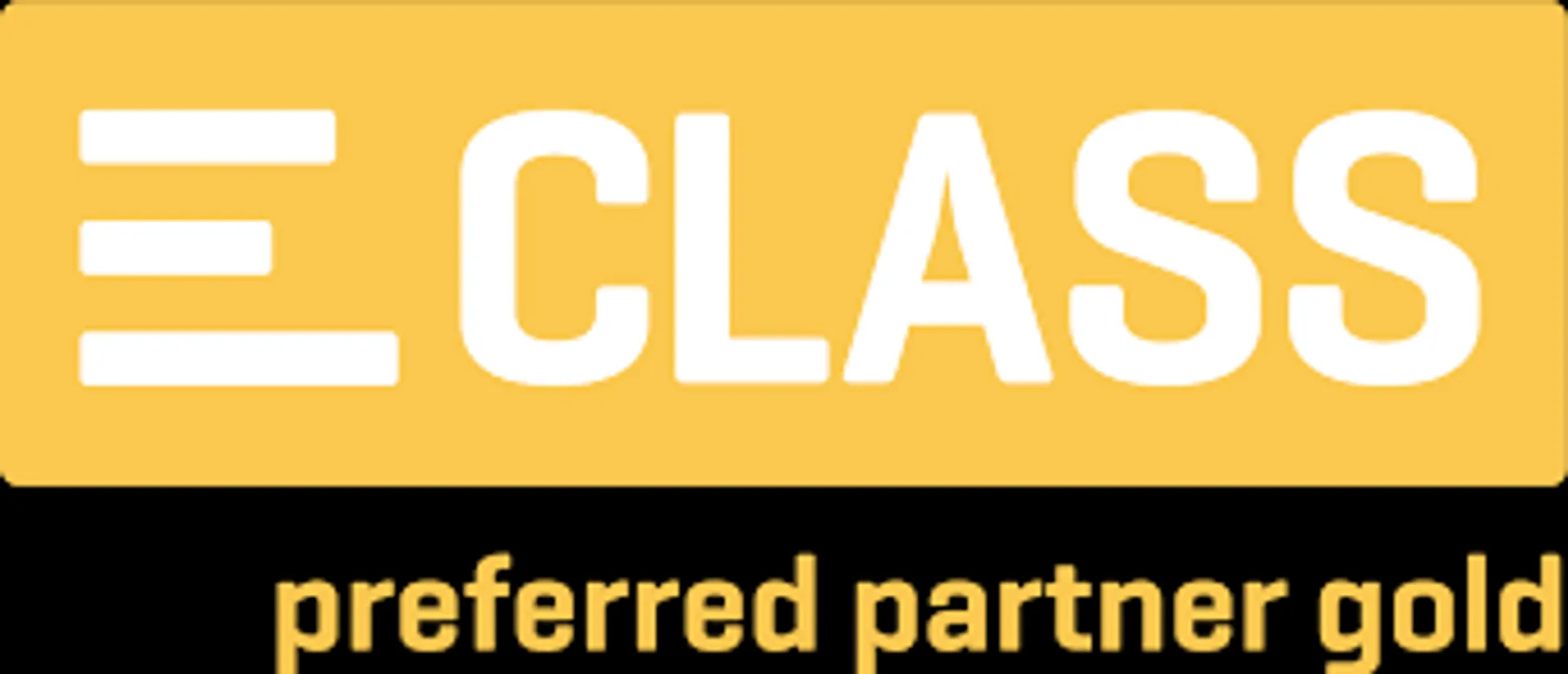What is headless CMS?
A headless CMS architecture separates back-end content functions such as creation, management and storage from front-end functions such as presentation and delivery. This architecture is the result of the evolution of the relationship between web content and content creation, addressing new content challenges and enabling the creation and management of necessary content for the target audience. Traditional, monolithic content management systems have two components: the front end and the back end. In a headless CMS, however, backend and frontend tasks are separated, allowing developers to code quickly and develop frontend experiences in their preferred language without being slowed down by restrictive backend technologies.
The future of content management: headless CMS
Headless CMS solutions are seen as the future of content management due to the increasing complexity of digital content and content creators, as well as growing user expectations. Brands can improve their content operations and provide a better experience for their customers by integrating structured content and content modeling in a headless CMS. The user experience with a headless CMS is fast, consistent and on-demand, as the client side does not need to communicate with the backend system - it only needs to render the content. Developers are no longer tied to programming languages they are not familiar with in the backend. They can develop user experiences in terms of look and feel and functionality using tools they know and love to use, and then publish the content everywhere using the latest APIs.
.png)
The role of APIs in headless CMS
API-first CMSs are similar to headless CMSs in that they also do not have a standard front end. Developers have the ability to create as many delivery layers as needed to deliver content in all new channels. The second core of a headless CMS are the interfaces, the APIs (often referred to as REST API or RESTful API). This is why headless CMS are also called "API-first CMS". The CMS can not only distribute content via the API, but also retrieve data or content from other systems, such as product databases or digital asset management systems. A headless CMS can connect any number of channels via APIs and supply them with content. Modern channels such as wearables or IoT devices are also compatible.
.png)
The advantages of headless CMS for multichannel marketing
Headless CMS allows content to be created once and then published everywhere, reducing administration time and providing more effective, consistent experiences. They are technically very flexible and efficient. You can create unified digital experiences for customers across all channels and conduct omnichannel marketing. In a headless CMS, marketers can create content once and centrally (content hub). The content is then reused on all channels. There is no need to create or copy content multiple times and manage it side by side in multiple systems. The headless CMS is connected to all digital channels - i.e. all digital touchpoints - via the API. It not only supplies them with content, but can also collect data from all touchpoints.

The limitations of Headless CMS
Headless CMSs are not a panacea for all content challenges. What you gain in flexibility with this type of content storage, you lose in accessibility. When the CMS is "decapitated", there is no longer a way to share customer data between the frontend and backend in real time, which means experiences can't be personalized or content analytics performed. A pure headless CMS offers only rudimentary backend functionality for content authors and marketers. Its function is essentially to be a "content database" with interfaces. The headless CMS mainly manages marketing content, i.e. texts and images. For other data such as product data or large amounts of videos, other software solutions are better suited.

The evolution of CMS: from traditional to headless
Traditional CMS solutions have a rigid system architecture consisting of a backend and frontend. In the backend, content managers maintain the content, which is then displayed in their own frontend - on the website. With the development of digital channels and devices, there was a need for more flexible solutions, which led to the development of headless CMS. Content stored in a headless CMS is delivered via APIs for seamless display on any page, device or other digital touchpoint, making the content endlessly reusable. A headless CMS contains no presentation layer at all, leaving the developers to decide how they want to display the content.
.png)
The role of headless CMS in the digital transformation
The increasing spread of IoT devices requires a headless CMS. Headless is therefore the key to IoT marketing. A headless content management system (CMS) is a CMS that only has a backend, but no frontend (head). It is suitable for the centralized management of content for various channels such as websites, apps, online stores and POS systems. Content managers store individual content in the backend in a structured and unformatted (or format-neutral) form. The content is output to the various channels or front ends via APIs (interfaces). The same content can be customized and designed differently for each frontend.

Our products

NovaDB Composable Commerce
Composable Commerce and NovaDB represent the future of e-commerce with a focus on customization. NovaDB offers deep modeling and intuitive data collection, combined with intelligent data management and flexible deployment. It sets new standards with innovative AI tools for advanced content management. It's more than a tool, it's a powerhouse that shapes and powers the core of your digital business. NovaDB offers a clear path to the future of e-commerce. Learn more!

